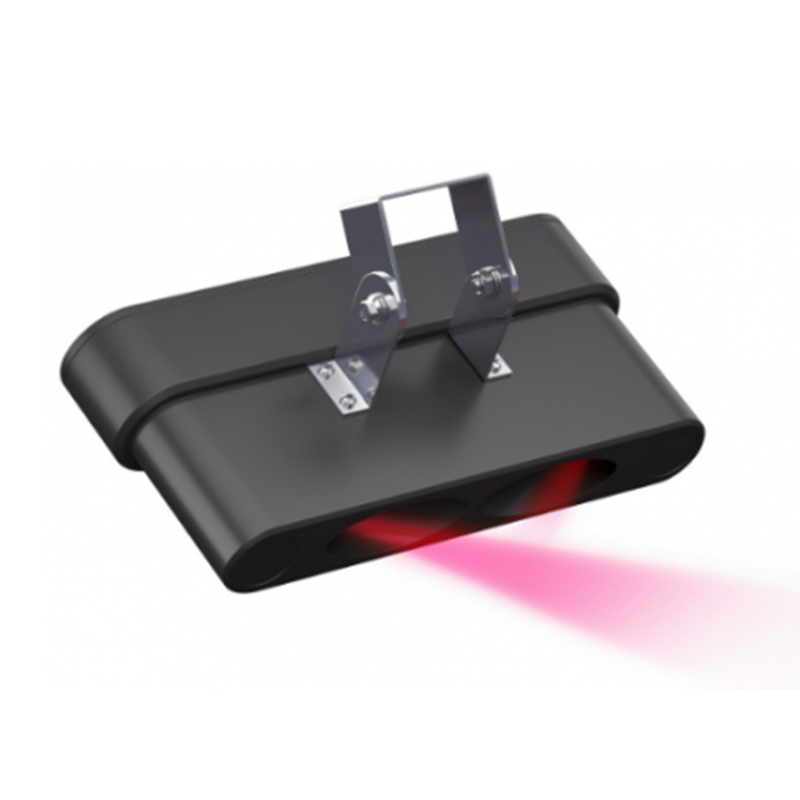Tianqiong Sensor IOT Technology Co., Ltd
Sales Manager:Ms. Emily Wang
Cel,Whatsapp,Wechat:+86 15898932201
Email:info@fengtutec.com
Add:No. 155 Optoelectronic Industry Accelerator, Gaoxin District, Weifang, Shandong, China

Sales Manager:Ms. Emily Wang
Cel,Whatsapp,Wechat:+86 15898932201
Email:info@fengtutec.com
Add:No. 155 Optoelectronic Industry Accelerator, Gaoxin District, Weifang, Shandong, China

Model:FT-WJN6
Brand:tianqiong
1.Forward Scatter Visibility Sensor product features
Forward Scatter Visibility Sensor is a sensor for measuring atmospheric visibility, providing the best visibility measurement accuracy in all weather conditions.
1.The Forward Scatter Visibility Sensor weighs only 680/880 grams and is designed for monitoring and collection of visibility and other meteorological data in the air flight of unmanned aircraft or small unmanned patrol vehicles;
2.It has a compact appearance and uses the principle of forward scattering to detect atmospheric visibility, which can work normally in an altitude of 4,000 meters and minus 20 degrees;
3.The appearance is flat and the wind resistance is low, and it is hoisted on the belly of the machine.Users can choose ABS and aluminum alloy housing materials as needed, or they can also choose temperature, humidity and air pressure sensors.The power consumption of the instrument is only 0.9 watts, which is very suitable for small drone platforms, and is equipped with aircraft for patrols of low-altitude environmental meteorological elements.
2.Forward Scatter Visibility Sensor size and weight
Visibility dimensions: 174mm*85mm*35mm
Weight (ABS material): 680g
Weight (aluminum alloy material): 880g
3.Main technical parameters of Forward Scatter Visibility Sensor
Detection range: 10-6000 meters (maximum 10000 meters)
Measurement accuracy: ±10%
Light source: IR LED
Data update: 1 second
Digital output: RS485/232, TTL
Optional elements: temperature and humidity, air pressure
Working temperature: -20-50°C
Working humidity: 0-95%
Supply voltage: DC 12V
Power consumption: 0.9W
The Atmospheric Environment Monitoring System serves as a monitoring unit in grid-based monitoring systems. It adopts a miniaturized design enabled by sensor technology, capable of flexibly detecting one or more of various pollutant parameters, including PM10, PM2.5, SO2, NO2, CO, O3, and TVOC. This...
Transgene detection is a portable device specifically designed for detecting genetically modified (GM) components in soybeans. This instrument utilizes rapid PCR technology, allowing users to perform on-site sample DNA extraction and detection analysis, quickly identifying GM components in soybeans and other food crops. Its lightweight design makes it easy to carry, meeting the needs of on-site testing....
The Portable el detector is an important device used to detect various defects in photovoltaic (PV) cell modules. It can accurately detect defects such as hidden cracks, fragments, and poor soldering in PV cell modules. These internal defects can seriously affect the service life and long-term power...
In the hustle and bustle of urban life, people often long to escape and seek a pure place to relax and nourish their body and mind. The negative oxygen ions in scenic areas are a precious gift from nature.Known as the "vitamin of the air," negative oxygen ions surround us when we step into...